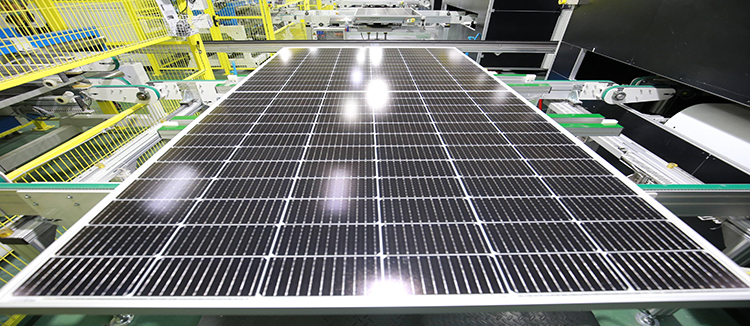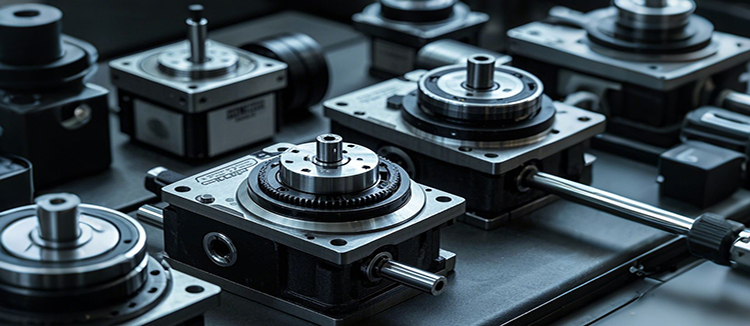Unlocking the Potential of Multi Axis Robotic Arm Technology: Revolutionizing Automation
As the industrial landscape continues to evolve, the demand for precision, efficiency, and adaptability in manufacturing processes has never been higher. Enter the multi axis robotic arm, a technological marvel that has been transforming the way we think about automation. These sophisticated machines are designed to perform a wide range of tasks with unparalleled accuracy and speed, making them an indispensable tool in various industries.
The multi axis robotic arm is a type of robotic system that operates on multiple axes, allowing for complex movements and precise control. This capability is what sets it apart from simpler, single-axis robotic systems. The term "multi axis" refers to the ability of the robotic arm to move in more than one plane, which is crucial for tasks that require intricate manipulation and positioning.

One of the primary advantages of multi axis robotic arms is their versatility. They can be programmed to perform a multitude of tasks, from simple pick-and-place operations to more complex assembly and machining processes. This adaptability makes them ideal for industries such as automotive, electronics, and aerospace, where the need for high precision and efficiency is paramount.

Another key feature of multi axis robotic arms is their ability to work in concert with other machines and systems. This integration capability allows for seamless operation within a larger automated production line, enhancing overall workflow and reducing the need for manual intervention. The robotic arm can be programmed to communicate with other components of the production line, ensuring that each step is executed with precision and in a timely manner.
Safety is also a significant consideration in the design of multi axis robotic arms. These machines are equipped with advanced safety features that prevent accidents and ensure the well-being of workers. Sensors and emergency stop mechanisms are standard, and many robotic arms can be programmed to stop or slow down when they come into contact with an unexpected obstacle, reducing the risk of damage to both the machine and the surrounding environment.
Energy efficiency is another area where multi axis robotic arms excel. By automating repetitive tasks, these robots can reduce energy consumption and minimize waste. They are designed to operate with minimal downtime, which means less energy is used overall. This not only benefits the environment but also contributes to cost savings for businesses that adopt this technology.
Maintenance and reliability are also critical factors in the selection of a multi axis robotic arm. High-quality robotic arms are built to withstand the rigors of industrial use and are designed for easy maintenance. This ensures that downtime is minimized, and the robotic arm remains operational for as long as possible, providing a solid return on investment for the business.
The future of multi axis robotic arms looks promising, with ongoing research and development aimed at enhancing their capabilities. Advancements in artificial intelligence and machine learning are enabling these robots to become even more autonomous, capable of making decisions and adapting to changing conditions without human intervention.
In conclusion, the multi axis robotic arm is a powerful tool in the modern industrial landscape. Its ability to perform complex tasks with precision and efficiency makes it an invaluable asset in a wide range of industries. As technology continues to advance, the potential applications of multi axis robotic arms will only continue to expand, further revolutionizing the way we approach automation and production.










